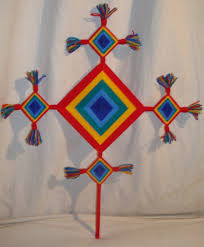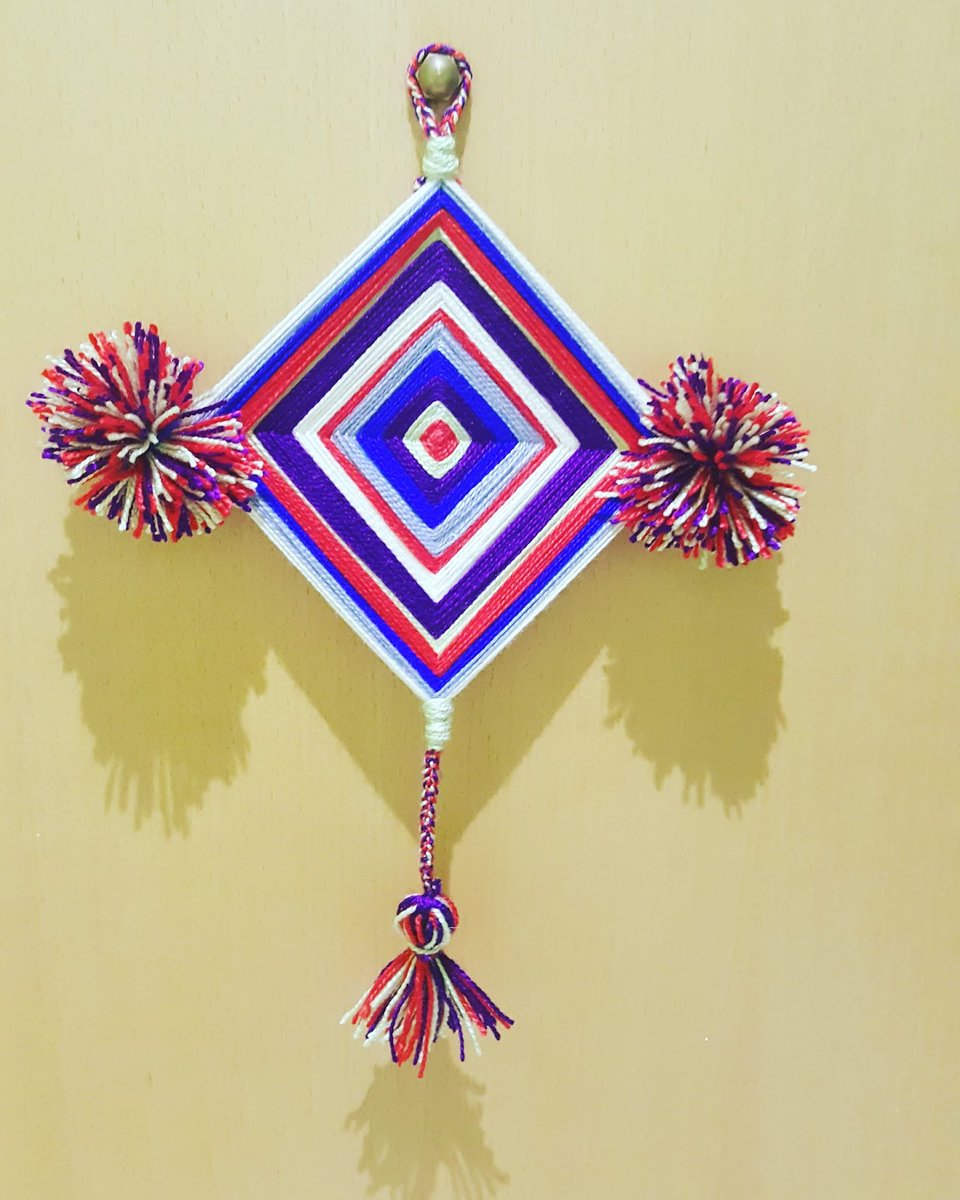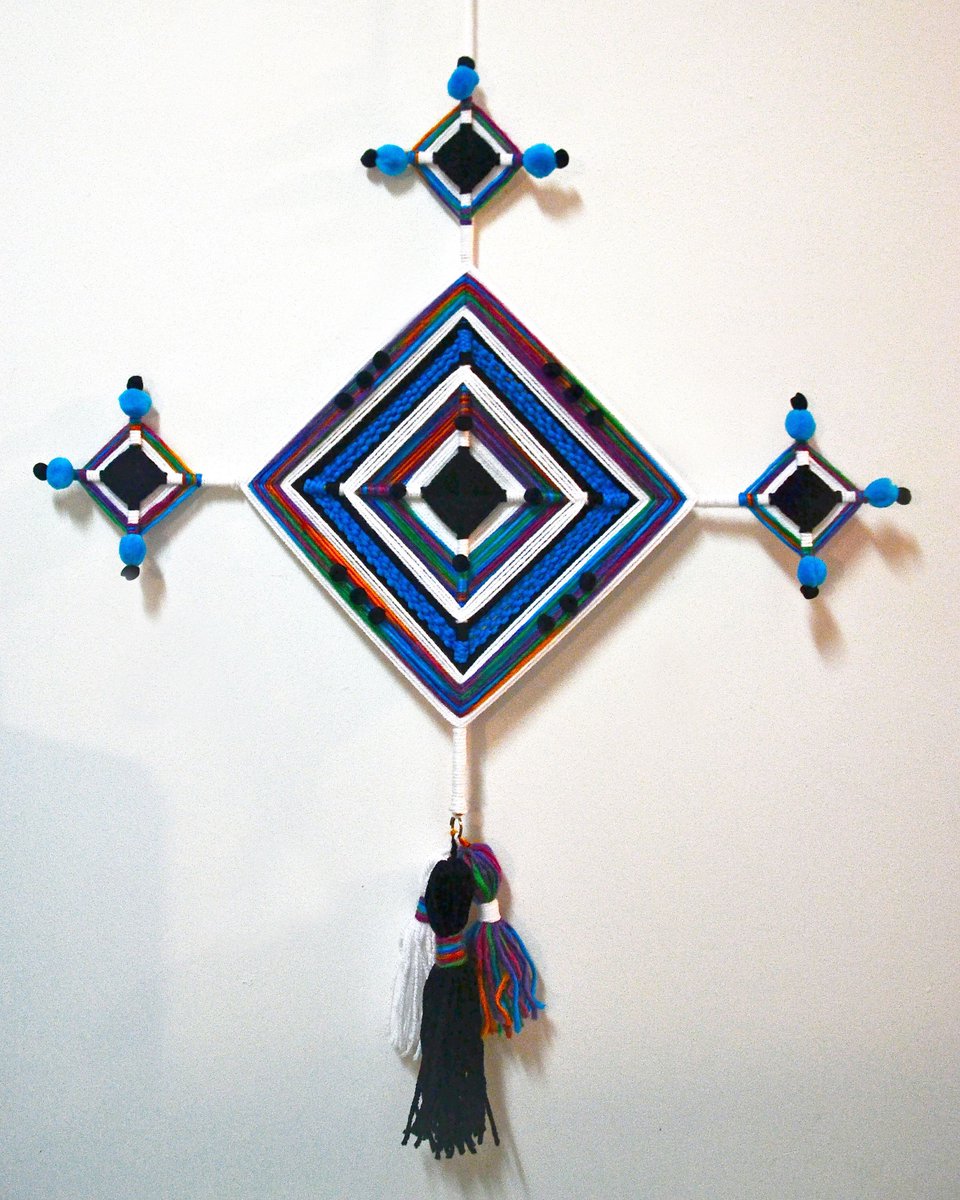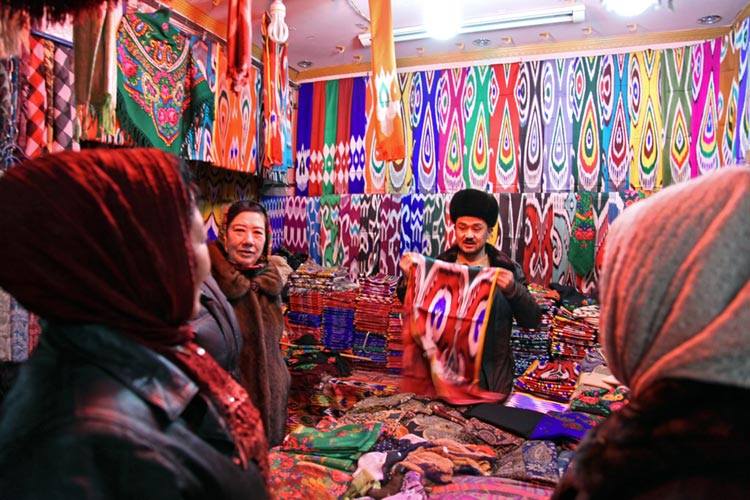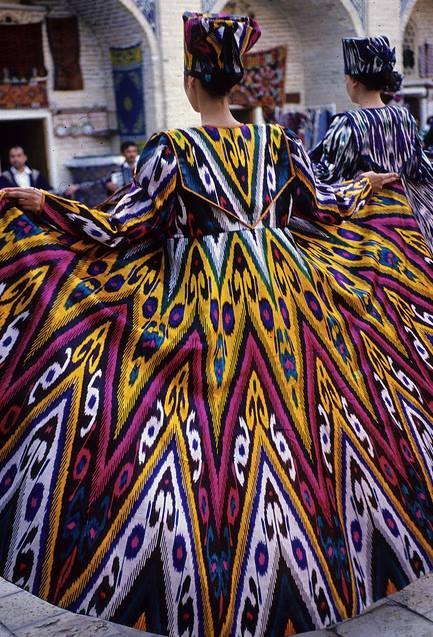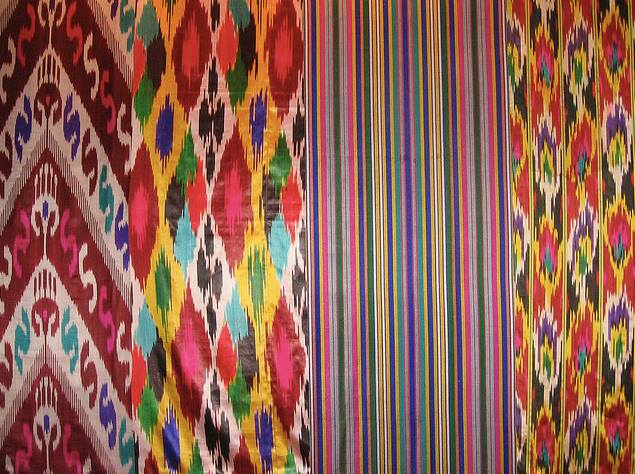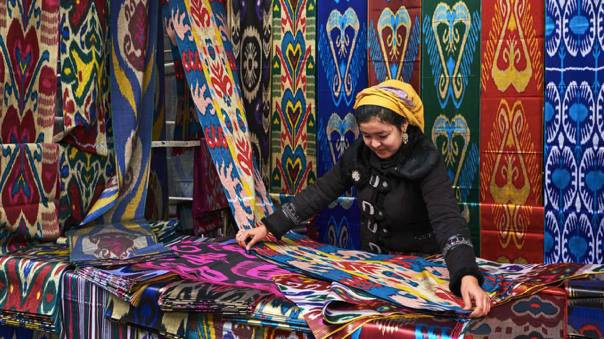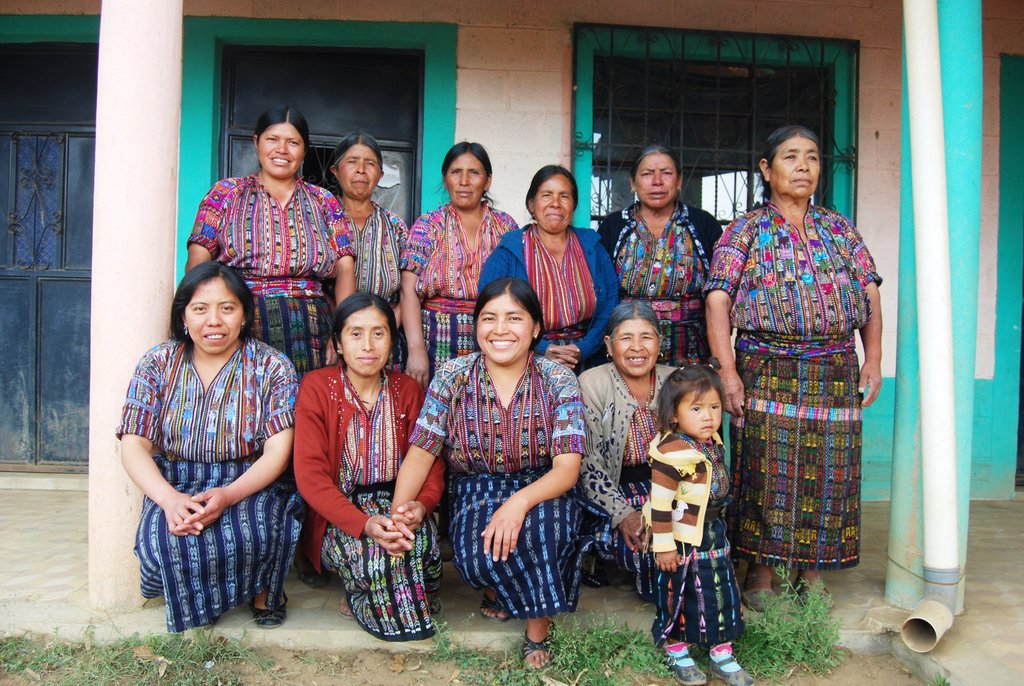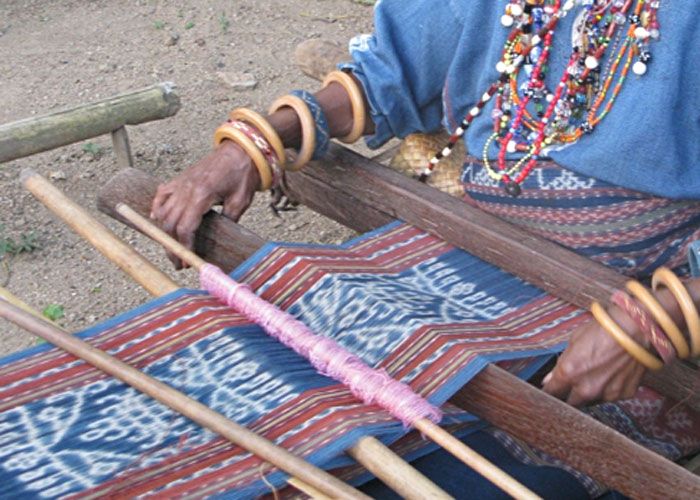Trippy Tehran, part two.
These stairs are painted with Esfand Bafi, a charm common in Iran to protect from the evil eye, similar to https://abs.twimg.com/emoji/v2/... draggable="false" alt="🧿" title="Nazar amulet" aria-label="Emoji: Nazar amulet"> nazar.
https://abs.twimg.com/emoji/v2/... draggable="false" alt="🧿" title="Nazar amulet" aria-label="Emoji: Nazar amulet"> nazar.
Esfand bafi refers to the dried seeds hanging from the charms. Esfand is commonly burned in Iran as a holy incense for protection.
These stairs are painted with Esfand Bafi, a charm common in Iran to protect from the evil eye, similar to
Esfand bafi refers to the dried seeds hanging from the charms. Esfand is commonly burned in Iran as a holy incense for protection.
Iran& #39;s Esfand Bafi looks startlingly similar to Huichol "Ojos de Dios" charms in Mexico, used for protection as well.
I think this is an example of textile technique being discovered in different places but leading to very similar results- and even fostering similar beliefs.
I think this is an example of textile technique being discovered in different places but leading to very similar results- and even fostering similar beliefs.
Another example of shared technique in very different places on Earth is ikat.
Known as abr-bandi in Persian, this fabric dying technique is widespread in Central Asia (and India and Southeast Asia).
Known as abr-bandi in Persian, this fabric dying technique is widespread in Central Asia (and India and Southeast Asia).
But you& #39;ll also find ikat in Central America, as it is a common technique in Mayan traditional clothing (now adapted to other uses as well).
Again, a technique used in textiles that was discovered independently in two different places- but with somewhat similar results.
Again, a technique used in textiles that was discovered independently in two different places- but with somewhat similar results.
Back to the stairs at the beginning of the thread. In case you& #39;re wondering what Trippy Tehran, Part 1 was - find it here! https://twitter.com/seyyedreza/status/1246844452293021698">https://twitter.com/seyyedrez...

 Read on Twitter
Read on Twitter nazar.Esfand bafi refers to the dried seeds hanging from the charms. Esfand is commonly burned in Iran as a holy incense for protection." title="Trippy Tehran, part two.These stairs are painted with Esfand Bafi, a charm common in Iran to protect from the evil eye, similar tohttps://abs.twimg.com/emoji/v2/... draggable="false" alt="🧿" title="Nazar amulet" aria-label="Emoji: Nazar amulet"> nazar.Esfand bafi refers to the dried seeds hanging from the charms. Esfand is commonly burned in Iran as a holy incense for protection.">
nazar.Esfand bafi refers to the dried seeds hanging from the charms. Esfand is commonly burned in Iran as a holy incense for protection." title="Trippy Tehran, part two.These stairs are painted with Esfand Bafi, a charm common in Iran to protect from the evil eye, similar tohttps://abs.twimg.com/emoji/v2/... draggable="false" alt="🧿" title="Nazar amulet" aria-label="Emoji: Nazar amulet"> nazar.Esfand bafi refers to the dried seeds hanging from the charms. Esfand is commonly burned in Iran as a holy incense for protection.">
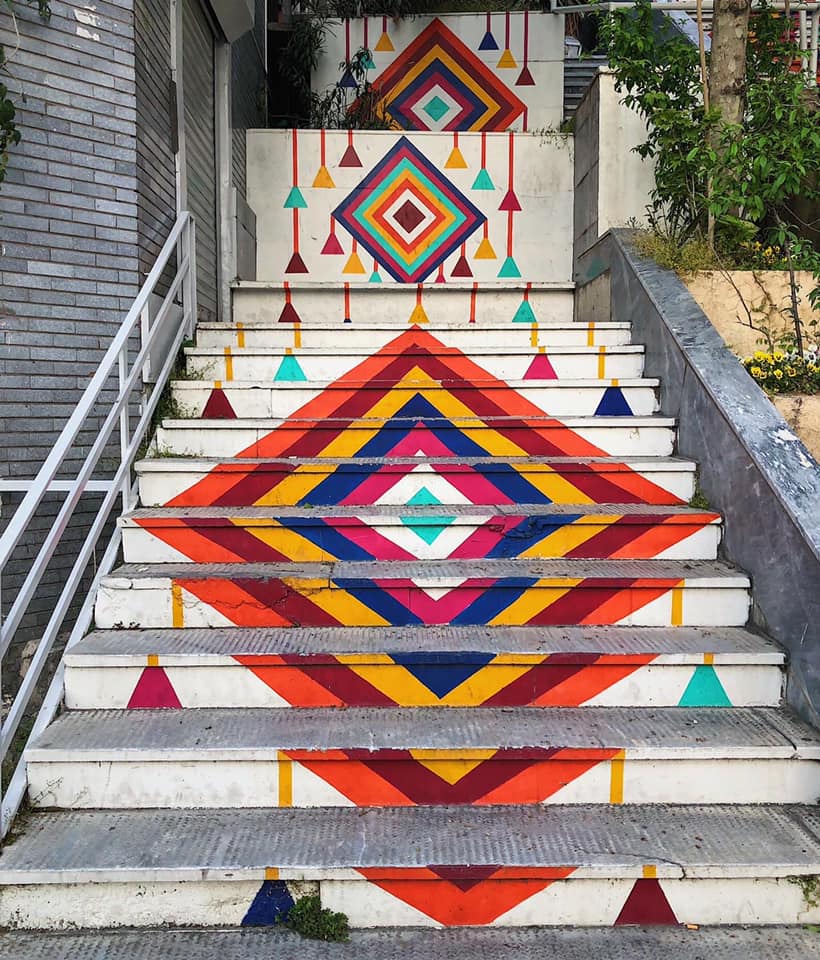 nazar.Esfand bafi refers to the dried seeds hanging from the charms. Esfand is commonly burned in Iran as a holy incense for protection." title="Trippy Tehran, part two.These stairs are painted with Esfand Bafi, a charm common in Iran to protect from the evil eye, similar tohttps://abs.twimg.com/emoji/v2/... draggable="false" alt="🧿" title="Nazar amulet" aria-label="Emoji: Nazar amulet"> nazar.Esfand bafi refers to the dried seeds hanging from the charms. Esfand is commonly burned in Iran as a holy incense for protection.">
nazar.Esfand bafi refers to the dried seeds hanging from the charms. Esfand is commonly burned in Iran as a holy incense for protection." title="Trippy Tehran, part two.These stairs are painted with Esfand Bafi, a charm common in Iran to protect from the evil eye, similar tohttps://abs.twimg.com/emoji/v2/... draggable="false" alt="🧿" title="Nazar amulet" aria-label="Emoji: Nazar amulet"> nazar.Esfand bafi refers to the dried seeds hanging from the charms. Esfand is commonly burned in Iran as a holy incense for protection.">

